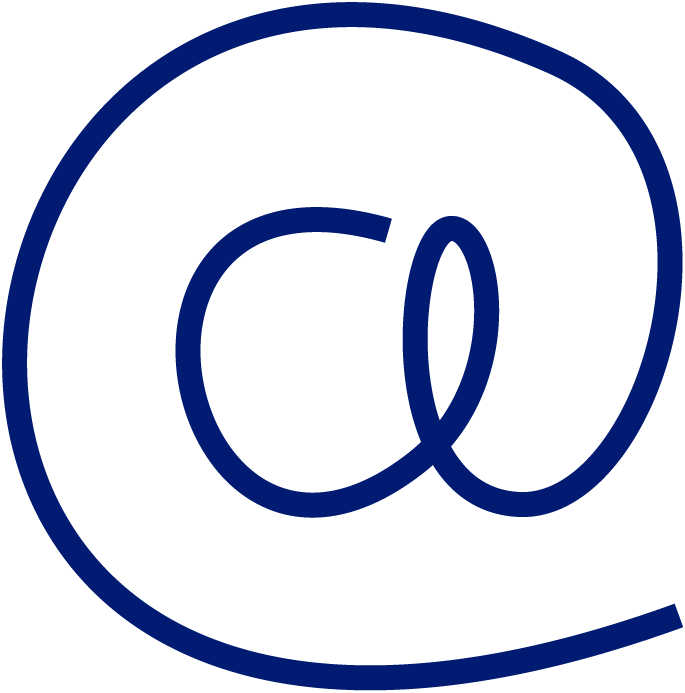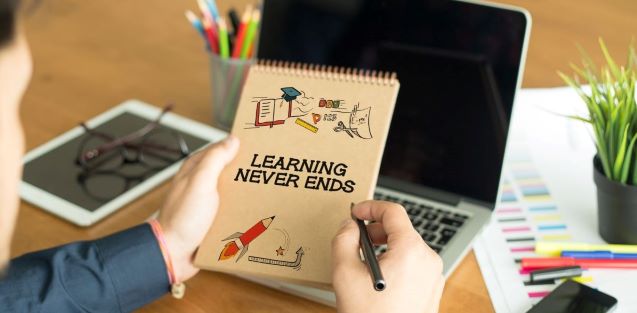
Lifelong learning has become a necessity to retain your workforce, attract millennials and enable digital transformations. So the question is not why L&D departments should have a lifelong policy, but how to promote it. Here are 3 complementary levers you should activate.

1. Setting an environment for learning
If you want your employees to learn, you need to take them out of their comfort zone and confront them with challenges that will require new skills. We get better when we are forced to do things differently.
It means that your environment must be experimental: you need to encourage new ideas to be shared and tested at all levels.
- Onboarding people on projects is one way to achieve this objective
- As not every employee can take part in projects (especially when your job is focused on running the company, and not transforming it), you may as well rely on OKRs (Objectives Key Results) and stretched goals: a “stretch goal,” simply put, is a target set above what is expected to be accomplished. As such, it is meant to stretch us as professionals, and requires us to think of new methods and strategies, to try to meet new people…
Learning happens on the edge of our discomfort, and projects and stretched goals provide opportunities for discomfort. Still, it can only work provided your environment is supportive enough for you to feel safe to experiment:
- By developing coaching manager or local tutoring skills
- By promoting Retrospective meetings (inherited from Agile methodologies)/continuous improvement rituals within teams: the Retrospective is an opportunity for the team to inspect itself and create a plan for improvements to be enacted during the next Sprint/quarter...
- By sharing results from failed experiments in constructive ways.
Experimental environments are sometimes confused with "permissive" environments. But in reality, an experimental environment integrates rights and duties. In the end, you want your employees to know that they have the right to experiment, but only if it does not endanger the company (fail fast, fail cheap). And they have the duty to capitalize on what they've experimented.
Want to deploy a lifelong learning strategy? Our team of experts can help you.
2. Rethinking the L&D offering/funding/delivery
The environment needs to provide opportunities, and your L&D department needs to provide resources and methodologies to turn them into sustainable learning.
- By individualizing the corporate training initiatives: "The project I'm working for right now requires me to master DevOps. But the next corporate training on that topic will happen in three months…". This is a missed opportunity for growth. Lifelong learning comes together with learning efficacy which main brake today in many organizations is the time span between - I need to learn / I learn / I master. If you want your L&D offering to support Lifelong learning, you must be ready to provide very quick answers to opportunities that arise. It can come with more public courses in your L&D portfolio (with more flexibility on delivery dates), more mentoring /coaching, and extra funding of tuition/training costs for solutions sourced by the employees themselves (eg : what happens with the CPF in France)
- By creating more porosity between formal and informal learning:
- From formal to informal: make sure all your programs embed a "learning-in-the-flow- of-work" approach
- From informal to formal: develop reinforcement programs that can complement informal learning
- By promoting personal branding: whether it’s a carefully crafted expression of who we want to be, or simply the impression we make on others, we all have a professional brand. Personal branding gives us some kind of drive and focus regarding skills: in order to develop our brand, to make ourselves more marketable – both within the company and beyond – we need to clarify the skills we already master, and the ones we should develop. L&D professionals can counsel people in this process and provide a way for them to develop the necessary skills.
3. Creating new "learning to learn" habits: growth mindset, to-learn lists and journeys
You have an unlimited capacity to learn and grow
Organizations can encourage employees to tackle new challenges and learn new skills by assigning them new and different tasks. But individuals need to believe that they have unlimited capacity to learn and grow. Carol Dweck, a psychologist at Stanford University, has intensively studied learners, and she has determined that people generally fall into one of two categories when it comes to how they view their ability to learn:
- People with a fixed mind-set believe that their learning potential is predetermined by their genes, their socioeconomic background, or the opportunities available to them.
- Those with a growth mind-set, however, believe that their true potential is unknown because it is impossible to foresee what might happen as a result of passion, effort, and practice. They appreciate challenges because they see them as opportunities for personal growth.
Good news is that this growth mindset can be grown 😊, provided people become self-aware of that, recognize that they have a choice in how they approach and interpret new tasks, ideas, or situations, and learn to hear and observe the fixed mind-set voice without judgment while continuing to embrace challenges.
Get ready for the learning train, or you may miss it
Secondly, remember what Louis Pasteur once said: "Chance favors the prepared mind". Most of the times, your employees don't know that they are learning, as they associate learning with schooling. For them to benefit from the learning opportunities that arise, for the cognitive process of learning to operate, they need to be self-aware that they are going to learn. That's why you want them to write down their "to-learn list", with the skills they are striving hard to develop.
Learning doesn't self-stick
Now, let's assume that you have developed your employees' growth mindset, and that you've helped them become more self-aware that they are actually learning. They may be learning something new every day, but is it sustainable learning… or does it look like the Danaid’s barrel? The key challenge here is how you make sure that your learning sticks, especially when you are tackling soft skills that require time for acquisition (you don’t change old habits in one day).
Experimental psychology shows us that our brain needs to make regular recovery efforts to pave the way to competence. That's why your employees need to learn how to learn over time and move from learning events to learning journeys. Calendarizing dedicated learning time into your work schedule can definitely help, but it's not enough. Truth is: learning is a skill per se, and we've never been taught how to activate and master it! So, one of the first steps you may take is teaching people how to learn.
Your turn
Right now, we're all addressing disruption and building resilience. And that's great news, as discomfort generate learning opportunities. What can you do on your side to make the most of this situation:
- set an environment for learning?
- rethink your L&D offering/funding/delivery?
- create new "learning to learn" habits?
Acknowledgement:
Thanks to Simon Vuillaume for the challenging conversations and for sourcing very valuable insights on that lifelong learning topic.









